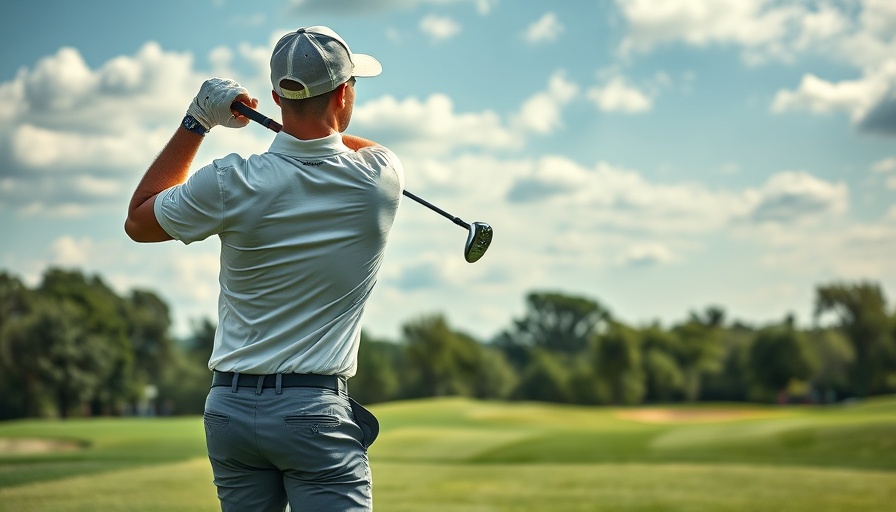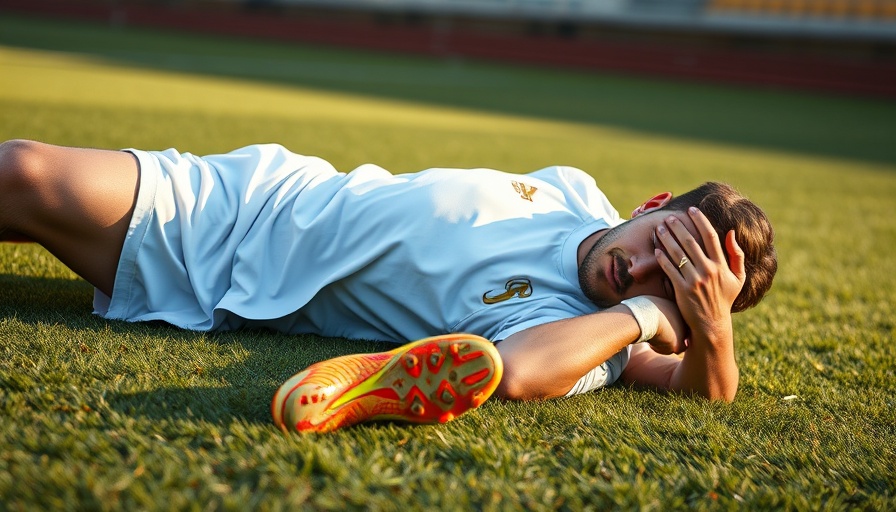
Understanding Golf Injuries: A Common Challenge for Enthusiasts
Golf, a sport cherished by millions, is often misconceived as low-risk when it comes to injuries. However, the intricate mechanics of a golf swing demand full-body engagement, from the powerful thrust of the lower body to the nuanced motions of the arms and neck. Common injuries, such as lower back pain, rotator cuff injuries, golfer's elbow, wrist, and knee injuries, reveal the physical toll that this seemingly gentle sport can exact.
Why Are Golf Injuries So Prevalent?
The complexity of the golf swing can lead to asymmetrical muscle use, placing undue stress on specific areas. This uneven demand can be exacerbated by inadequate warm-up routines, leading to muscle tension and strain. While it’s easy to overlook physical preparation before a casual game, it’s crucial to recognize that a proper warm-up can condition muscles, enhance flexibility, and significantly reduce the risk of injury.
The Crucial Role of Physical Therapy
Physical therapy plays a vital role in the recovery and prevention of golf-related injuries. By examining individual movement patterns, range of motion, and strength deficits, physical therapists can craft personalized care plans aimed at correcting biomechanical errors, enhancing strength and stability, and restoring range of motion. This tailored approach not only aids in recovery but also empowers golfers to return to the sport they love with greater resilience.
Holistic Practices for Enhanced Recovery and Performance
In addition to physical therapy, incorporating holistic practices such as nutritional support and stress relief techniques can accelerate recovery. Adequate nutrition is essential for muscle repair and overall performance. Furthermore, integrating mind-body connection exercises—like yoga or meditation—can help golfers maintain focus and reduce pre-game anxiety.
Future Predictions for Injury Care in Golf
Looking towards the future, the integration of technology in sports therapy could revolutionize injury prevention and recovery. Wearable devices that monitor biomechanics during a swing can provide valuable feedback to golfers, helping them avoid excessive strain and tackle weaknesses proactively. As the understanding of sports medicine progresses, we can expect more personalized and effective approaches to injury management.
Taking Action: Be Proactive About Your Health
If you're an avid golfer or participate in sports that exert similar physical demands, the importance of prioritizing injury prevention cannot be overstated. Assess your current fitness level, adopt a thorough warm-up routine, and consider consulting a physical therapist who can design a program tailored to your specific needs. Remember, staying proactive can keep you playing the sport you love—pain-free and ready to swing.
Conclusion
Each golfer deserves to enjoy their game without the constant threat of injury. By understanding the mechanics of your body, taking necessary precautions, and utilizing expert insights from physical therapy, you can enhance your performance and longevity in the game. Make the commitment to yourself today; after all, it's not just a swing—it's your passion.
 Add Row
Add Row  Add
Add 






Write A Comment